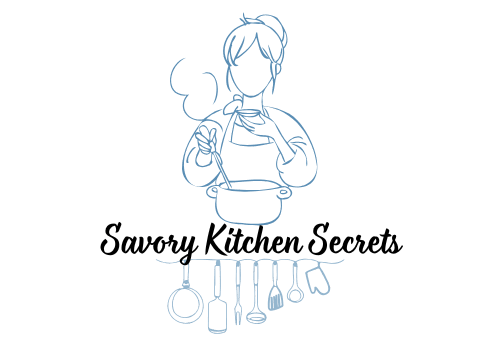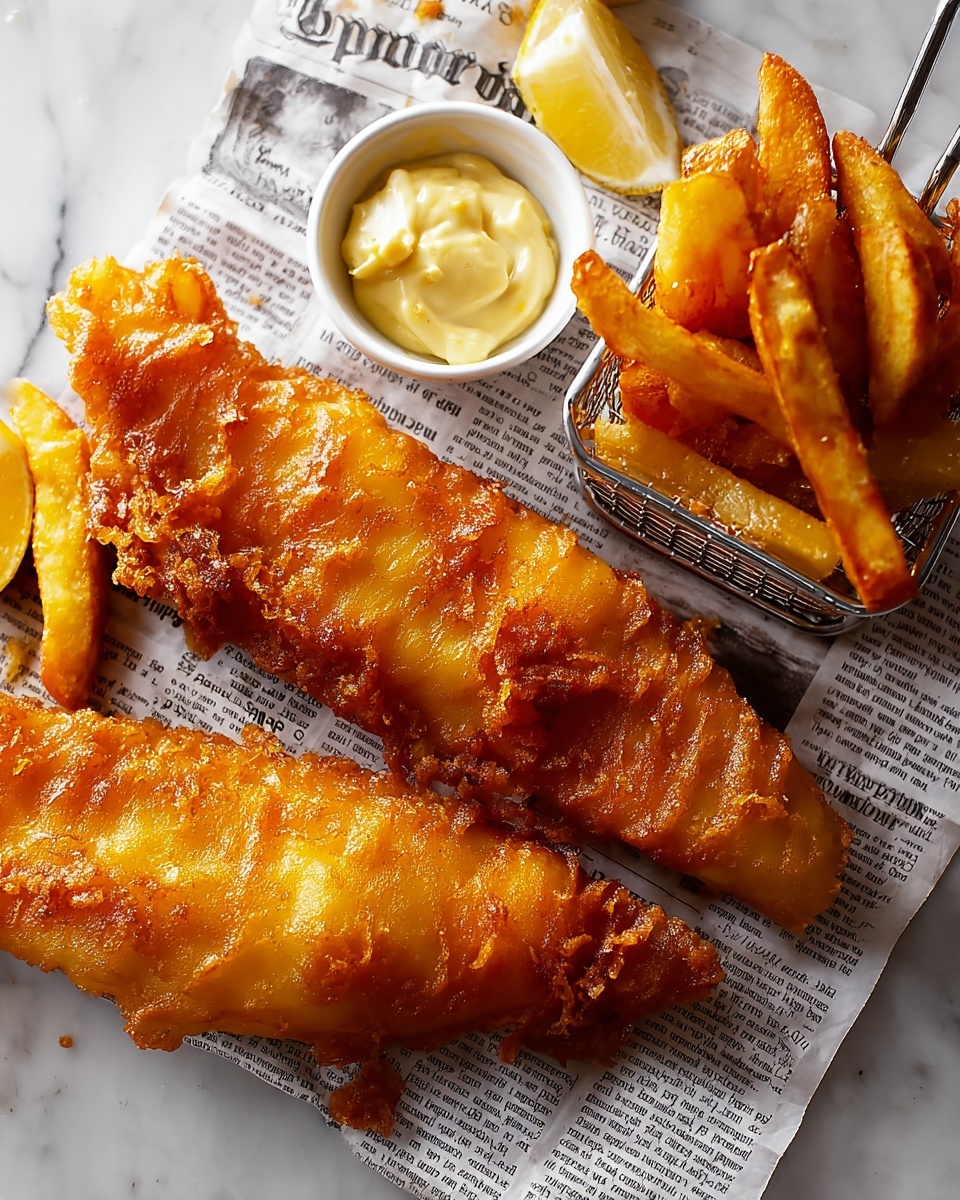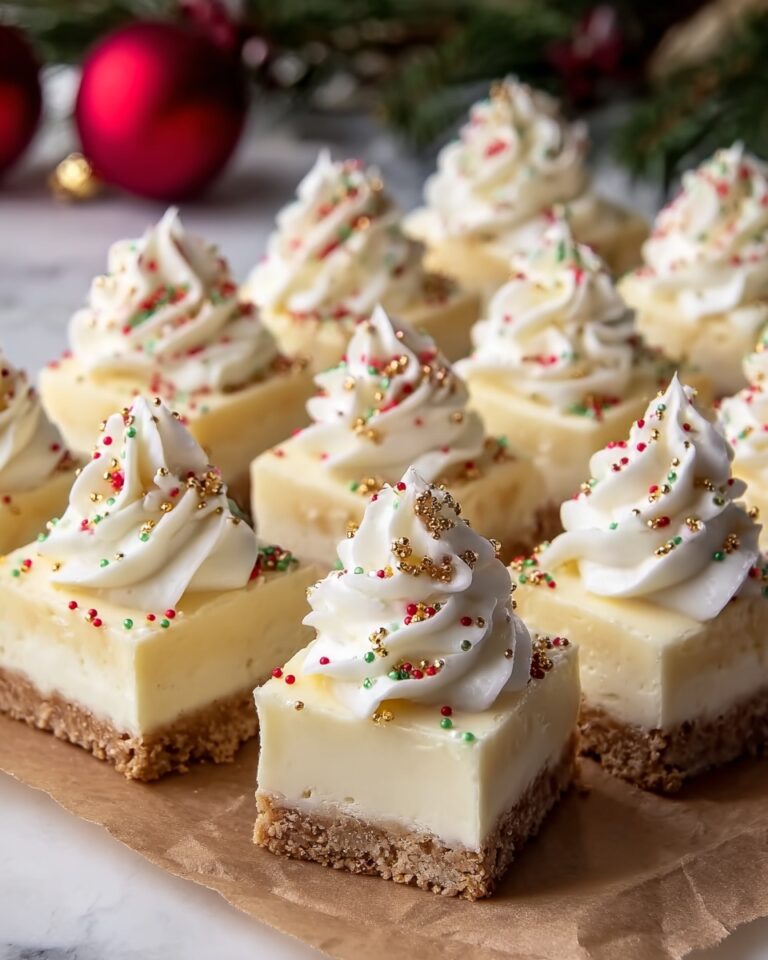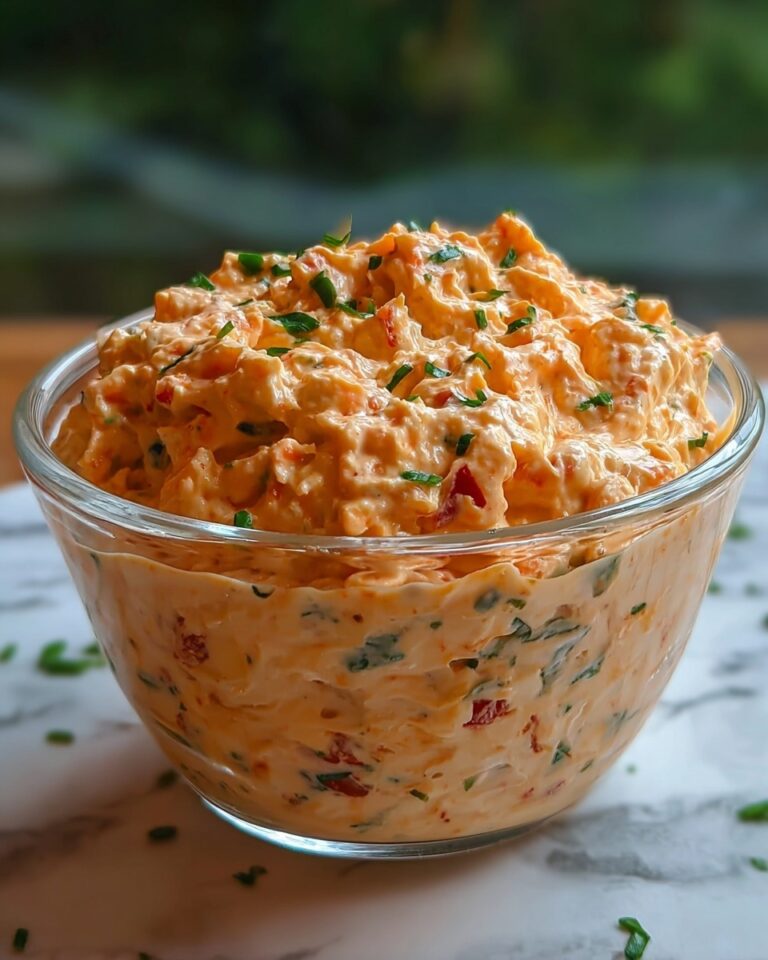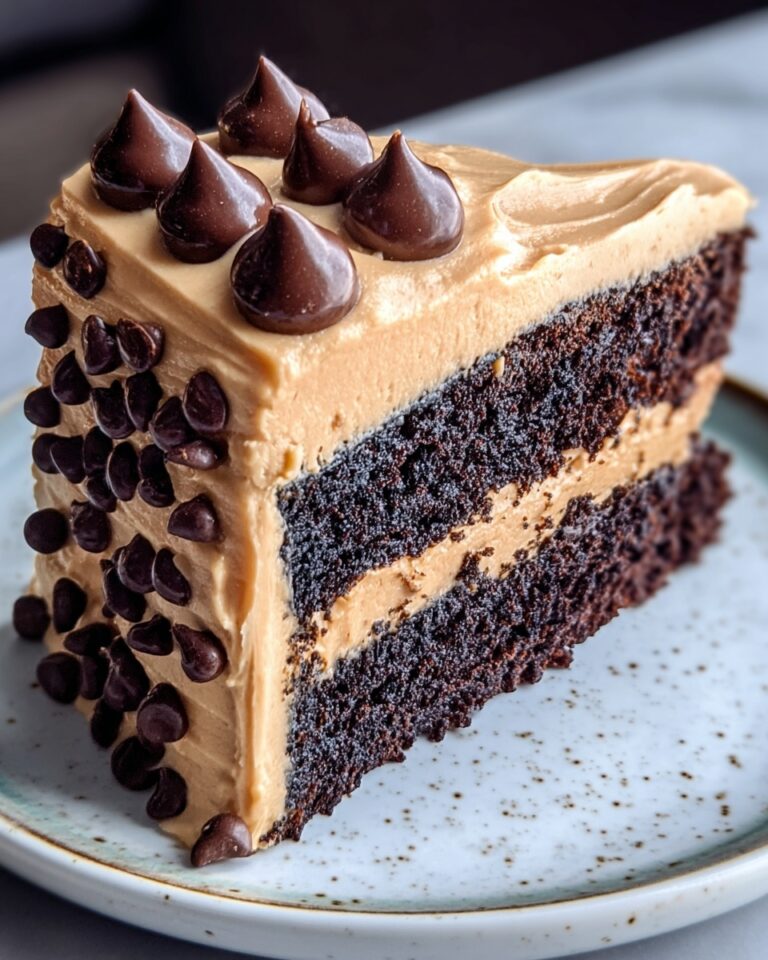If you have ever wondered how to recreate that beloved pub favorite right at home, this Classic Fish & Chips Recipe is your perfect starting point. Crispy, golden battered fish paired with thick, fluffy fries is the kind of comfort food that never goes out of style. With a few simple ingredients and a bit of love, you can achieve that irresistible crunch and tender, flavorful fish that makes this dish so iconic. From the light, airy batter to the twice-fried chips, every element plays a crucial role in delivering a true taste of Britain’s culinary charm.
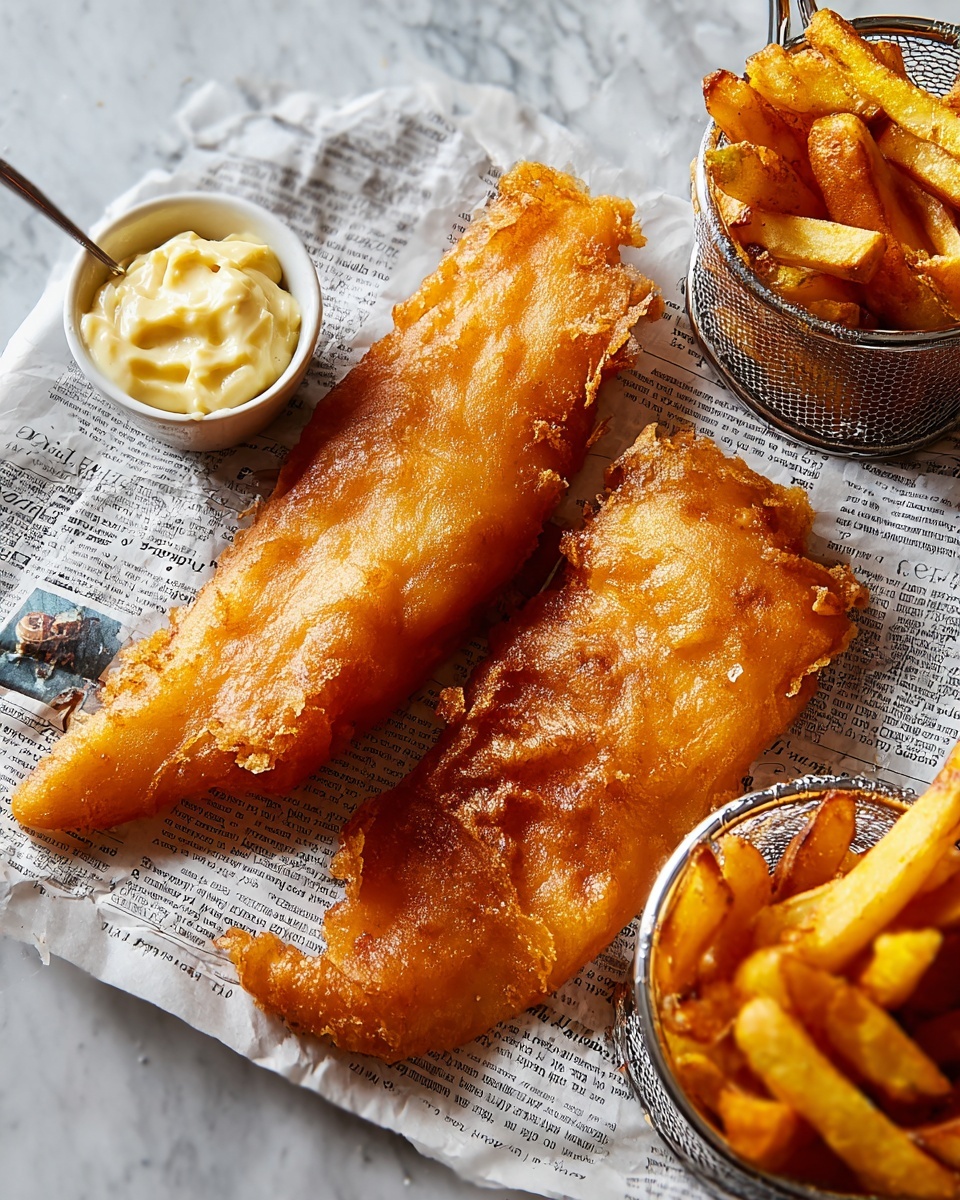
Ingredients You’ll Need
These ingredients are straightforward but essential, each adding its own magic to the Classic Fish & Chips Recipe. The combination of fresh fish and simple pantry staples creates a dish that’s both satisfying and authentic.
- White fish fillets (cod or haddock), 1 ½ pounds: Use fresh, firm fish with mild flavor to keep the classic taste.
- All-purpose flour, 1 ½ cups (divided): Part of it makes the batter light and crispy, while the rest helps coat the fish.
- Baking powder, 1 teaspoon: This is the secret to a batter that puffs up crisp and airy around the fish.
- Salt, 1 teaspoon + more for seasoning: Enhances all the flavors, from batter to fries.
- Black pepper, ½ teaspoon: Adds a subtle kick without overwhelming the delicate fish.
- Cold sparkling water or beer, 1 cup: The bubbles in these create a wonderfully light batter.
- Russet potatoes, 4 large: Perfect for thick, fluffy chips that hold up well after frying.
- Vegetable oil for frying: Choose a neutral oil with a high smoke point for crisp and clean results.
- Lemon wedges and malt vinegar: Classic accompaniments that brighten and complement the dish beautifully.
How to Make Classic Fish & Chips Recipe
Step 1: Prepare the Potatoes
Start by soaking your peeled and cut russet potatoes in cold water for at least 30 minutes. This simple step removes excess starch and helps ensure your chips fry up crisp without sticking together. When you’re ready, drain and dry the potatoes thoroughly—wet fries can cause the oil to splatter and become soggy.
Step 2: Season and Preheat
While the potatoes soak, pat the fish fillets dry and season them lightly with salt and pepper. This keeps the flavors balanced and prevents excess moisture that could affect the batter. Meanwhile, heat your oil to 350°F (175°C) in a deep fryer or a heavy-bottomed pot, making sure it’s at the right temperature for frying both chips and fish perfectly.
Step 3: Par-cook the Chips
Fry your dried potatoes in batches for about 3 to 4 minutes until they are soft but not browned. Removing them early allows the inside of the fries to cook fully while saving the crispiness for later. Drain these on paper towels to catch any extra oil.
Step 4: Make the Batter and Coat the Fish
In a bowl, whisk together one cup of flour, baking powder, salt, pepper, and cold sparkling water or beer until smooth and a bit thick. Keep this batter chilled to hold the bubbles inside better, which creates that iconic light and crispy texture. Dredge each piece of fish in the remaining half cup of flour first, then dip into the batter, ensuring they’re fully coated.
Step 5: Fry the Fish
Carefully lower the battered fish into the hot oil and fry for 6 to 8 minutes, turning once, until they’re a beautiful golden brown and irresistibly crispy. Remove and drain them on a rack or paper towels, so the batter stays crunchy without getting greasy.
Step 6: Finish the Chips
Return the par-cooked fries to the hot oil for a second fry, this time for 2 to 3 minutes until they’re crisp and golden all over. Drain and season immediately with salt while they’re still hot for the best flavor, and you’re ready to plate your classic British treat.
How to Serve Classic Fish & Chips Recipe
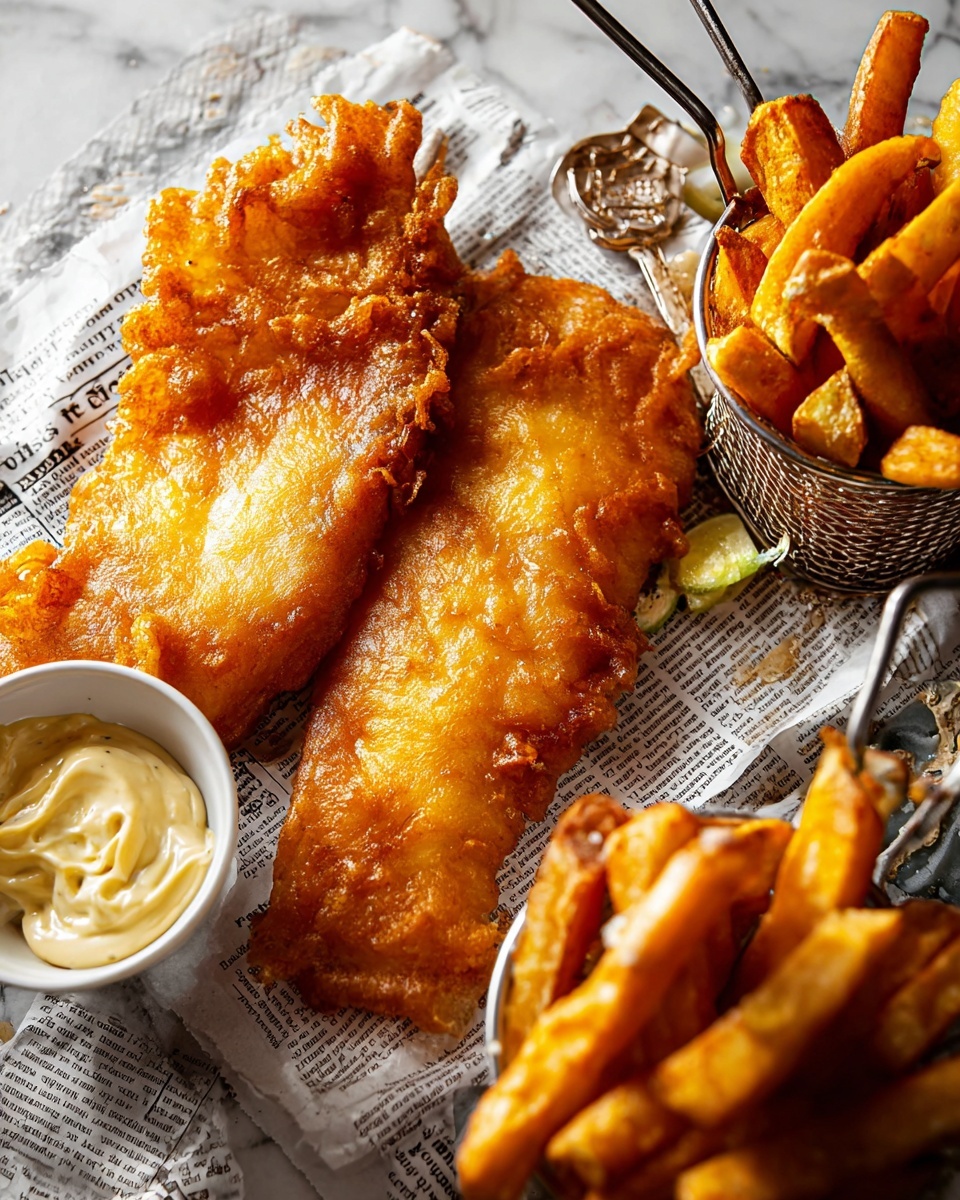
Garnishes
Lemon wedges are an absolute must with Classic Fish & Chips Recipe, offering a fresh brightness that cuts through the richness of the fried fish. Malt vinegar is the traditional drizzle that adds a tangy punch and heightens the authentic pub experience. For the full effect, don’t skip these simple finishing touches.
Side Dishes
Mushy peas are a beloved British side that pairs wonderfully with this dish, softening the palate with their mild, creamy texture. Tartar sauce also makes an excellent companion—its tangy, herby notes complement the crispy fish perfectly. If you want to lighten things up, a crisp green salad adds just the right contrast to the deep-fried elements.
Creative Ways to Present
For a fun twist, serve the fish and chips on newspaper-style parchment for a nostalgic feel that echoes British fishmongers. Add a sprinkle of fresh herbs like parsley or chives for a burst of color. Mini ramekins of sauces let guests customize their experience, turning a simple meal into an interactive feast full of flavor and charm.
Make Ahead and Storage
Storing Leftovers
If you find yourself with leftovers, store the fish and chips in an airtight container and refrigerate within two hours of cooking to keep them safe and tasty. It’s best to consume them within 1 to 2 days for optimal freshness and texture.
Freezing
While fresh fried fish and chips are unbeatable, you can freeze leftover chips but not the fish if you want to preserve quality. For freezing chips, spread them on a baking sheet to flash freeze, then transfer to a freezer bag. This prevents clumping and allows you to reheat them as needed.
Reheating
To bring back that crispness, reheat chips and fish in a hot oven or air fryer rather than a microwave. Set your oven at 400°F (200°C) and warm for about 10 minutes, turning halfway through. This method revives the crunch and warmth without making the food soggy.
FAQs
Can I use different types of fish for Classic Fish & Chips Recipe?
Absolutely! Cod and haddock are traditional choices, but you can use other white fish like pollock or even halibut if you prefer. Just be sure the fillets are thick enough to stay moist inside when fried.
Why is the batter so important in this recipe?
The batter is key to achieving that perfect crispiness and light texture that defines the dish. The cold sparkling water or beer creates bubbles in the batter that expand during frying, resulting in a crunchy coating that isn’t heavy or greasy.
Is double frying the chips necessary?
Double frying is highly recommended because it cooks the potatoes thoroughly during the first fry and crisps them beautifully on the second. This technique guarantees fries that are fluffy inside and golden outside every time.
Can I make this recipe gluten-free?
Yes, substituting regular flour with a gluten-free flour blend designed for frying works well. Just be sure to check that your baking powder and beer (if used) are gluten-free too for the best results.
What’s the best oil for frying fish and chips?
Vegetable oil, canola oil, or peanut oil with a high smoke point are excellent choices. These oils fry crisply without imparting unwanted flavors, ensuring the fish and chips taste just right.
Final Thoughts
This Classic Fish & Chips Recipe is a true celebration of simple ingredients elevated through perfect technique. Whether it’s a casual family dinner or a weekend treat, this dish brings joy and nostalgia with every crunchy bite. Don’t hesitate to dive in and make it your own; I promise once you’ve mastered it, there’s nothing better to enjoy or share with friends. Happy cooking and even happier eating!
